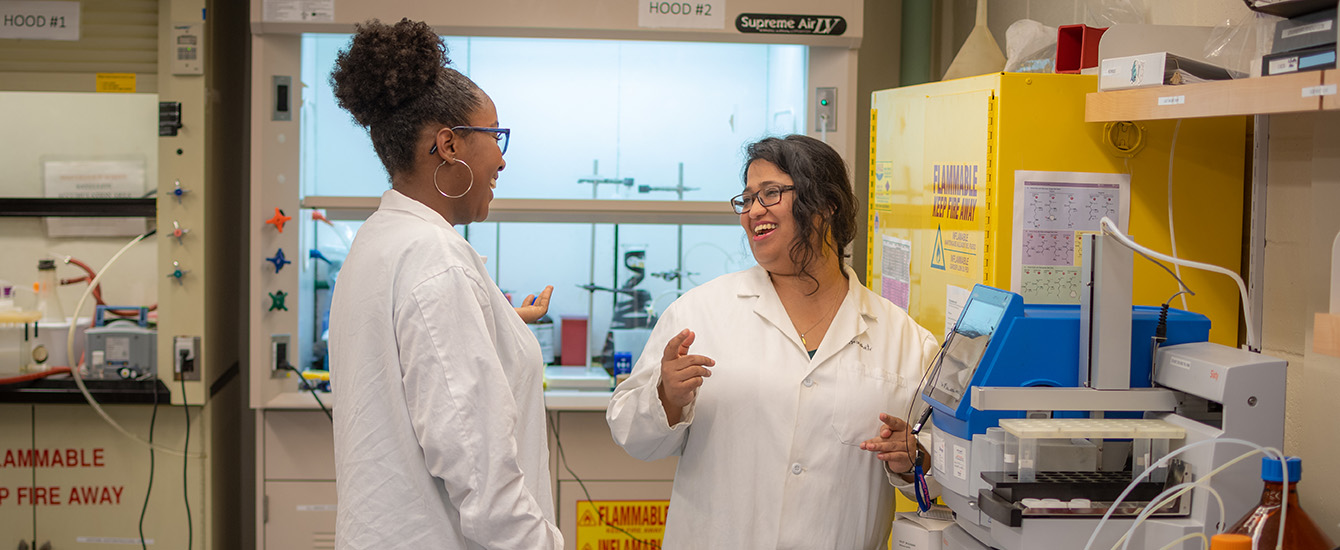Chemistry
A perspective on the stimuli-responsive photoactivities of coumarin with a focus on redox-responsive photodynamic therapy (PDT)
Document Type
Article
Abstract
Coumarins constitute an important class of flavonoids having enormous application in fields like chemosensing, optoelectronics, biomedicince, tissue engineering, etc. Coumarins have shown multi-functionalization properties, which enables them to participate in prominent energy/charge transfer processes, resulting in intriguing emission properties. Various coumarin-based fluorescent probes have found widespread application in detecting biologically relevant analytes with regulated fluorescence property. Such stimuli-dependent fluorescent property of coumarins makes them a handy class of compounds for medicinal application with real-time monitoring. Several coumarin derivatives have shown proficient photoactivity owing to their two-photon absorption abilities, affinities towards cycloaddition reaction, presence of photocleavable bonds, long-range near-infrared (NIR) absorption, etc. Photodynamic therapy (PDT) is one of the most promising cancer treatments due to its localized and non-invasive nature. Furthermore, the distinct heterogeneous environment of cancer cells compared to normal cells have often been used as an important stimulus to achieve target-specific therapy. In this article, we have tried to summarize some of the prominent examples of photoactivities of coumarin including stimuli-responsive fluorescent properties with a focus on redox-responsive PDT applications. © 2024 Elsevier Ltd
Publication Title
Dyes and Pigments
Publication Date
5-2024
Volume
224
ISSN
0143-7208
DOI
10.1016/j.dyepig.2024.112006
Keywords
cancer treatment, Coumarin, fluorescent probe, photodynamic therapy, target-specific
Repository Citation
Pillai, Vineeth M.; Sreejaya, M.M.; C P, Ajula; M., Haridev; Murali, Anju; K K, Harikrishnan; Bera, Manoranjan; and Gangopadhyay, Moumita, "A perspective on the stimuli-responsive photoactivities of coumarin with a focus on redox-responsive photodynamic therapy (PDT)" (2024). Chemistry. 26.
https://commons.clarku.edu/chemistry/26



